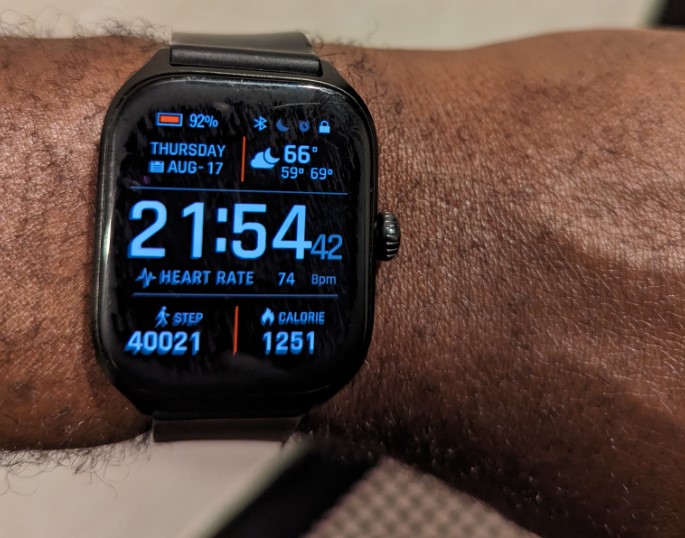Bottom line
Since I tend to eat more than usual while traveling, I try to find every opportunity to also move more than usual, especially since the idea of going to the gym for a workout while traveling is highly unappealing. Thankfully, with a fitness tracking device, this could be as easy as making sure I walk more steps per day than I usually would when at home. This is also one of my strategies for avoiding jetlag.
Travel NEAT
As someone with an insatiable appetite for experiencing new cultures and cuisines, traveling often sends me on exciting culinary adventures. Particularly when I find myself in the diverse and vibrant culinary landscapes of Asia, it becomes an expedition of devouring every unique and exotic dish that I can lay my eyes on. Now, this kind of indulgence comes with the inevitable guilt of packing in more calories than my usual routine. But it’s important to remember that maintaining or losing weight is fundamentally a balance of calories in versus calories out. It can be challenging to maintain a regular workout regime while hopping from one city to another. When I have so little time to spend in a city with so much food to eat, lifting a bunch of heavy shit while staring at myself in the mirror seems like a waste of time.
But I have two secret weapons. The first is, if possible, I pre-lose weight. That is, I eat less and/or workout more for about two to three weeks before my trip. If all goes well, I lose 1-2lb per week, so 4-6lb over the course of three weeks. It is difficult to gain much more than that during one brief one-week trip.
Best gym for travelers: walking
My other (more important) weapon is increasing my Non-Exercise Activity Thermogenesis or NEAT through walking. NEAT is the energy we expend for everything we do that is not sleeping, eating, or sports-like exercise. It includes the energy expended walking to work, performing yard work, undertaking agricultural tasks, and fidgeting. Even trivial physical activities increase metabolic rate substantially and it is the cumulative impact of a multitude of exothermic actions that culminate in an individual’s daily NEAT.
Traveling tends to come with its natural dose of physical activities, especially when you’re exploring new locales by foot. I don’t just enjoy this inevitable increase in NEAT, I make it an integral part of my travel plan. For instance, if I have a day dedicated to gastronomic exploration (a fancy way of saying I plan to eat all day like there’s no God), I start by picking a lunch spot that is a decent distance away from my breakfast location. I then plan my route, not by the fastest or most direct way, but by the most interesting one, dotted with sights, attractions, and of course, local food joints. As a rule of thumb, if I see a line (or queue, if you’re British) of locals at a food stall, I join the line. If the lunch spot is too far to walk, I find the nearest train station to my breakfast location from which it would be realistic to walk. This is why one of the first questions I ask when I arrive at a restaurant is if they have WiFi, so I can plan out my next destination using Google Maps.

Walking 40000 steps in a day is a great way to partially offset all the crap I eat while traveling.
All these strategies inevitably amount to a substantial amount of walking. On a good day, I rack up upwards of 20,000 steps, most days between 30,000 and 40,000. Not only does this help in offsetting my increased calorie intake, but it also lets me engage with the cities and towns in a more intimate and authentic way. As a bonus, I find myself returning from these trips not just with a full stomach and a satisfied palate, but often, surprisingly, with a little less weight. Staying healthy while traveling doesn’t have to be a chore, it can simply be a matter of mindful movement and a willingness to take the scenic route.
Eating healthy while traveling
I generally try to eat healthy while I’m home, so I don’t even try when I’m traveling.